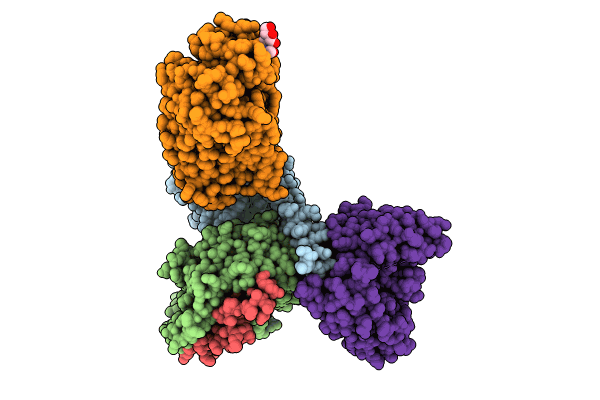
Deposition Date
2023-04-26
Release Date
2023-12-06
Last Version Date
2025-07-16
Entry Detail
PDB ID:
8J6R
Keywords:
Title:
Cryo-EM structure of the MK-6892-bound human HCAR2-Gi1 complex
Biological Source:
Source Organism:
Homo sapiens (Taxon ID: 9606)
synthetic construct (Taxon ID: 32630)
synthetic construct (Taxon ID: 32630)
Host Organism:
Method Details:
Experimental Method:
Resolution:
2.76 Å
Aggregation State:
PARTICLE
Reconstruction Method:
SINGLE PARTICLE


